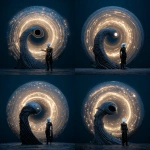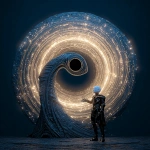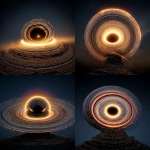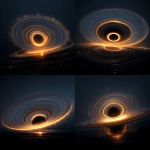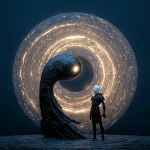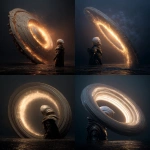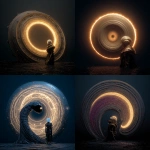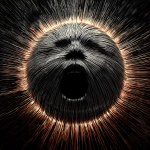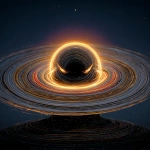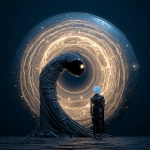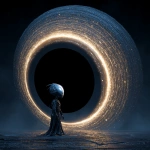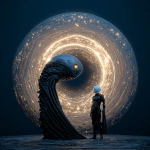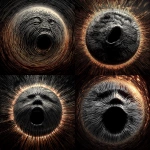Explore the Best AI Image Gallery
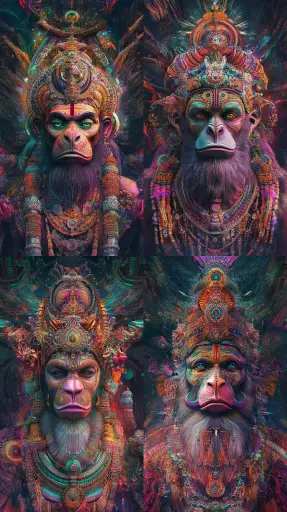
Beyond the Brush: How AI-Generated Visual Content is Transforming the Creative Landscape
The realm of creativity has always been a space of innovation and exploration. From the earliest cave paintings to the digital masterpieces of today, artists have continuously pushed boundaries, seeking new ways to express themselves and engage with the world. Now, on the cusp of a technological revolution, we stand at the threshold of a new era in artistic creation: the era of AI-generated visual content.
Artificial intelligence (AI) is rapidly evolving, capable of learning complex patterns and generating outputs that mimic human creativity. This has led to the emergence of powerful tools that can produce stunning images, videos, and other visual content, often with remarkable fidelity and originality. But what does this mean for the creative industry? How will AI reshape the way we create, consume, and interact with art?
Potential Applications: A Canvas of Possibilities
The potential applications of AI-generated visual content are vast and diverse. Some key areas include:
- Design and Marketing: AI can assist designers in generating logos, branding materials, website layouts, and marketing collateral, saving time and resources while offering a plethora of creative options.
- Entertainment and Gaming: Imagine worlds brought to life with stunning visuals generated by AI, enriching gaming experiences and pushing the boundaries of storytelling in film and animation.
- Education and Research: AI can create interactive learning materials, simulations, and visualizations, making complex concepts more accessible and engaging. In research, it can aid in data analysis and visualization, uncovering hidden patterns and insights.
- Art and Expression: Artists are already experimenting with AI tools to augment their creative process, generating unique textures, styles, and compositions, blurring the lines between human and machine creativity.
Ethical Considerations: Navigating Uncharted Territory
As with any powerful technology, AI-generated visual content raises ethical considerations that need careful attention:
- Copyright and Ownership: Who owns the copyright to AI-generated content? The creator of the AI algorithm, the user who prompts it, or the AI itself?
- Bias and Representation: AI algorithms are trained on massive datasets, which can reflect existing societal biases. This can result in AI-generated content that perpetuates stereotypes and discrimination.
- Misinformation and Manipulation: The ability to create highly realistic fake images and videos raises concerns about the potential for misuse, such as spreading disinformation or creating deepfakes.
It is crucial to establish ethical guidelines and regulations to ensure responsible development and use of AI-generated visual content. Open discussions involving artists, technologists, policymakers, and the public are essential to navigate these complex issues.
Future Trends: A Glimpse into Tomorrows Creative Landscape
The future of AI-generated visual content is brimming with possibilities:
- Increased Accessibility: User-friendly AI tools will empower individuals without technical expertise to create compelling visual content.
- Personalized Experiences: AI can tailor visual content to individual preferences, creating immersive and unique experiences.
- Collaborative Creation: Humans and AI can work together in a symbiotic relationship, each contributing their strengths to generate innovative works of art.
As AI technology continues to advance, we can expect even more transformative applications in the creative industry. The key lies in harnessing the power of AI while upholding ethical principles and fostering human creativity.
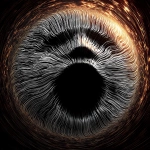






](https://images.ai-img.art/thumbnails/150/62dee1effeb677492e9eb31757a5d6c9ea9f1010c26733e1980579df8e9fe333.webp)
